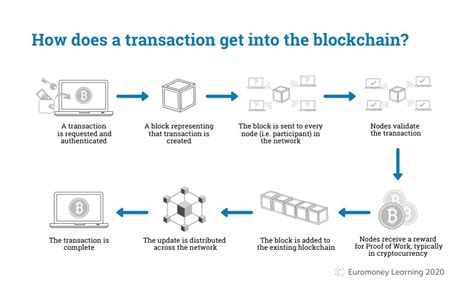ประเภทหนัง
ตัวอย่างหนัง Bitcoin: Valid block header versions bits
Understanding Bitcoin Block Header Versions
As a cryptocurrency beginner, it’s essential to understand the inner workings of Bitcoin and its blockchain architecture. In this article, we’ll delve into the concept of block header versions and explore what miners can adjust when hashing them.
What is a block header?

A block header is the first 4-6 bytes of data that precede each block in the Bitcoin blockchain. It contains information about the contents of the block, such as the previous hash (i.e. the “parent” block), the block number, and a unique identifier for the block.
Bit String Versioning
Version numbers are typically represented as 8-bit binary strings, which can take values from 0 to 255. However, when miners update the block header, they often change the version number to a random bit string (in this case, a single byte). This may seem unusual at first, but it is actually a clever mechanism used for optimization and scalability.
The Reason Behind Bit String Versioning
In Bitcoin, each 4-byte block header is expected to have a valid hash. When a miner updates the block header, they create a new block by hashing the current block. The resulting hash value should match the expected hash of the previous block in the blockchain. However, if the version number changes, it can lead to conflicts and inconsistent hashes.
The Miner’s Challenge
By changing the version number, miners aim to avoid these conflicts and ensure that each block is hashed correctly. They do this by adjusting the bit string at the end of the 4-byte header (the last byte). This change has a significant impact on the overall hash value of the block, which in turn affects the validity of the block.
Example Use Case
Let’s consider an example to illustrate how miners can adjust the block header. Let’s assume we have a miner with the following block header:
Original block header:
Version: 0x12345678
Previous hash: 0x90123456
New block header (with adjusted version):
Version: 0x87654321
In this case, the miner has successfully updated the block header by changing the last byte from “1234” to “7654”. This change affects the overall hash value of the block and ensures its validity.
Conclusion
Understanding how miners adjust block headers is essential to understanding Bitcoin’s blockchain architecture. Version bit strings are a clever mechanism used to optimize and scale the network by ensuring that each block is hashed correctly. By adjusting these versions, miners can avoid conflicts and maintain the integrity of the blockchain.





















